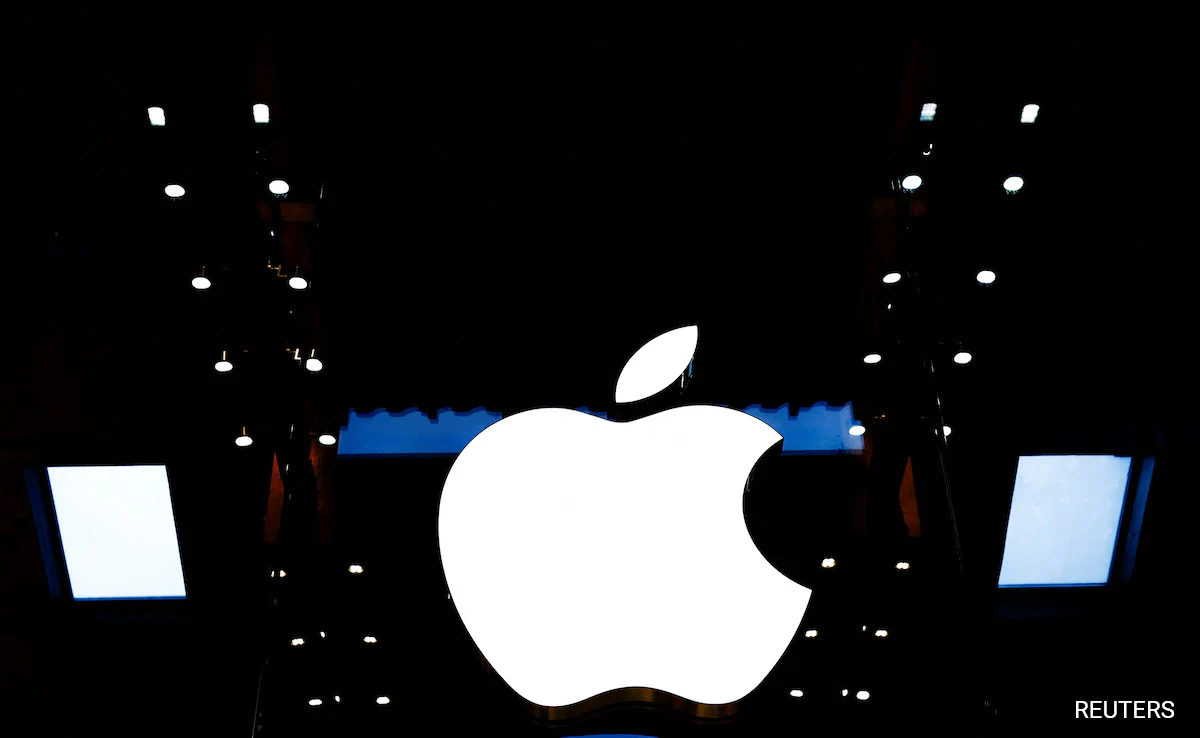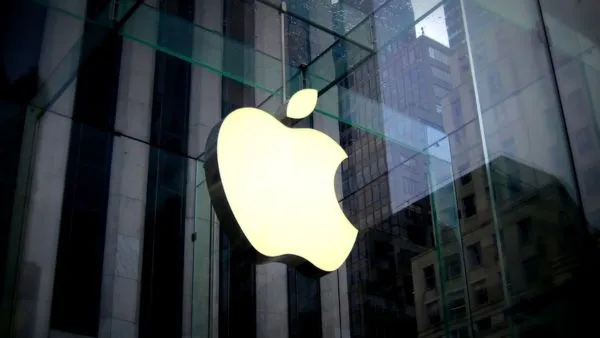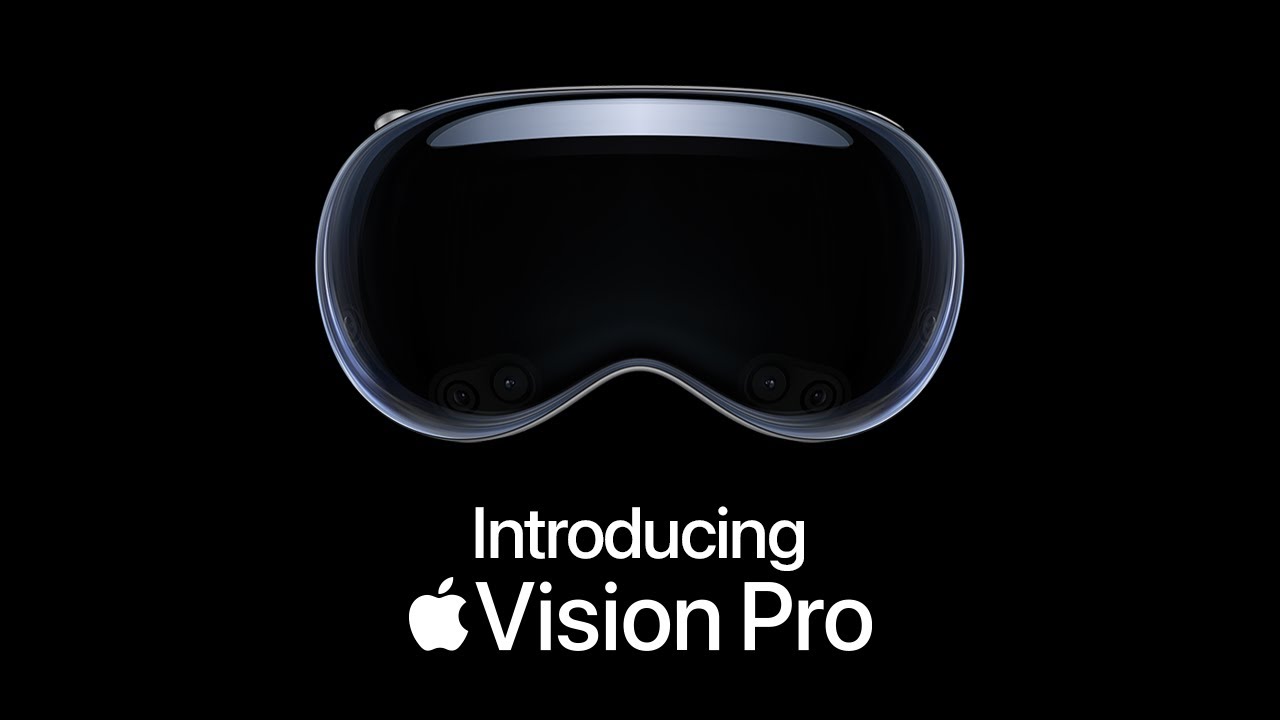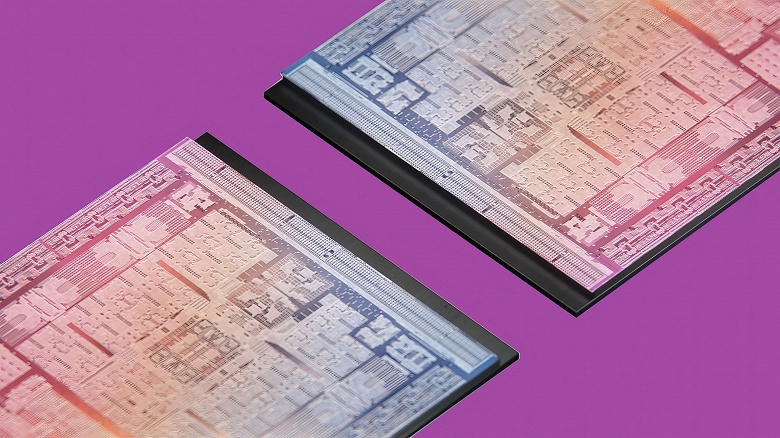Integrated Apple M1 graphics beat the GeForce GTX 1050 Ti in GFXBench benchmarks
If the processing power of the Apple M1 is still unimpressed, perhaps the graphics capabilities of this new 5nm SoC for Mac will surprise you. The new M1 test results in GFXBench 5.0 for M1 demonstrate the superiority of the crystal over discrete graphics cards like the GeForce GTX 1050 Ti and Radeon RX 560.










